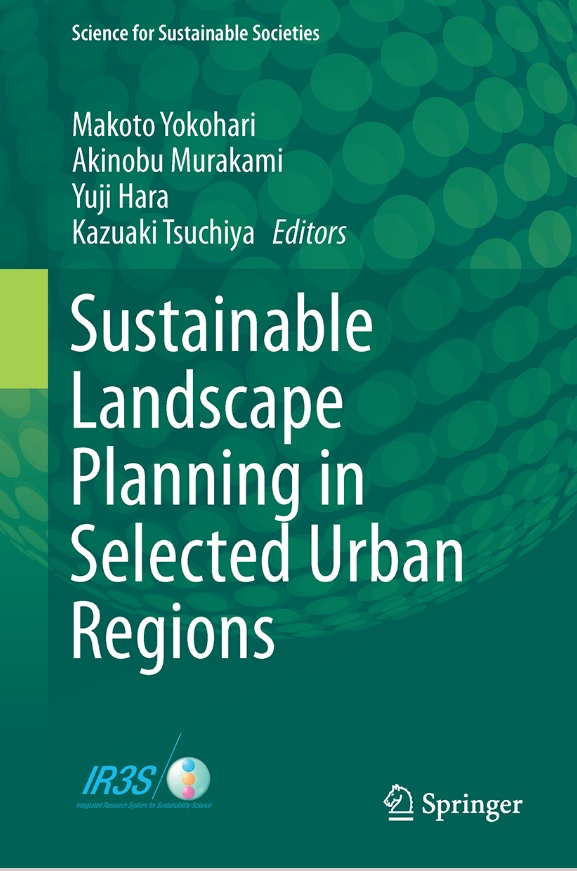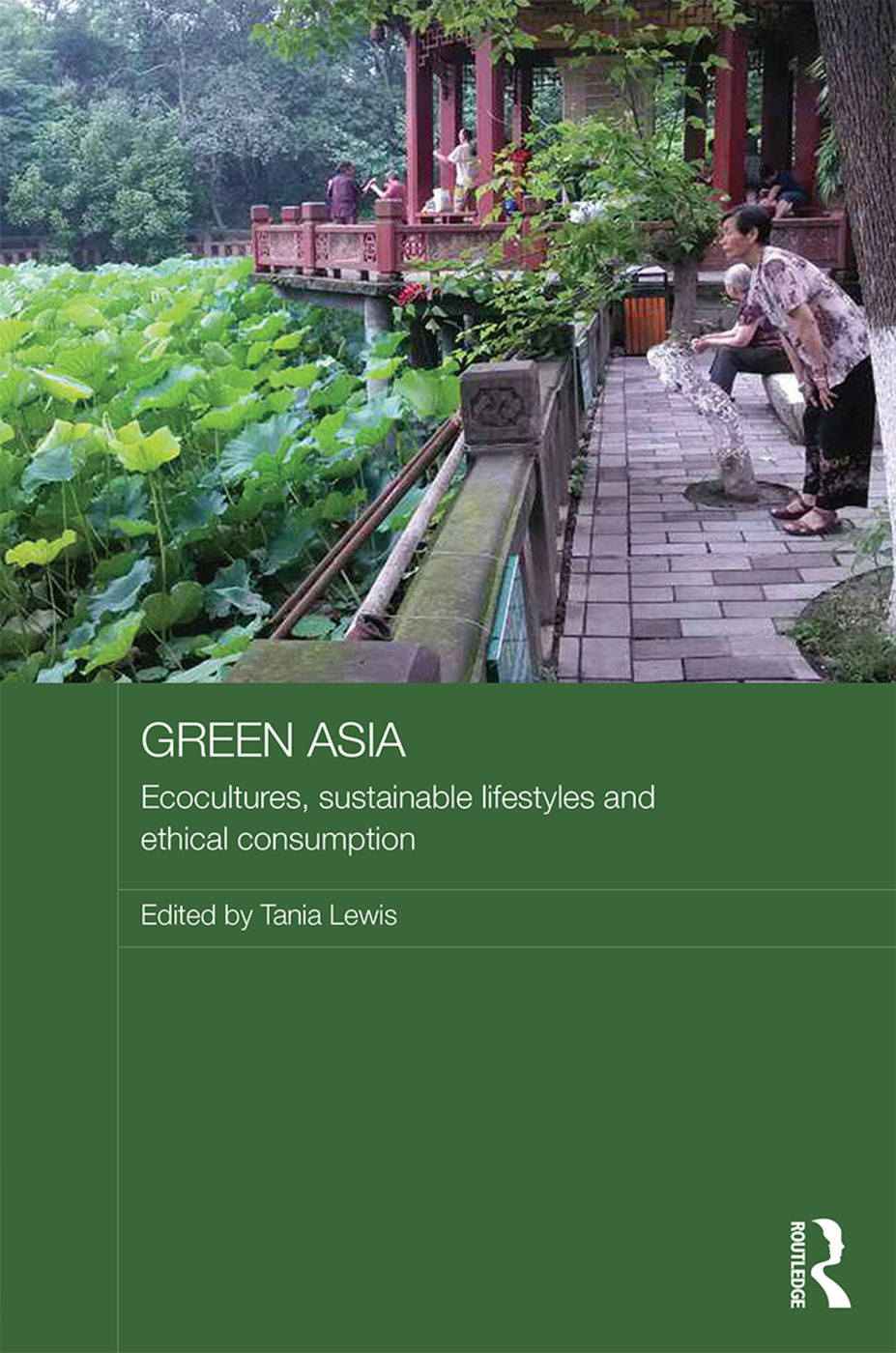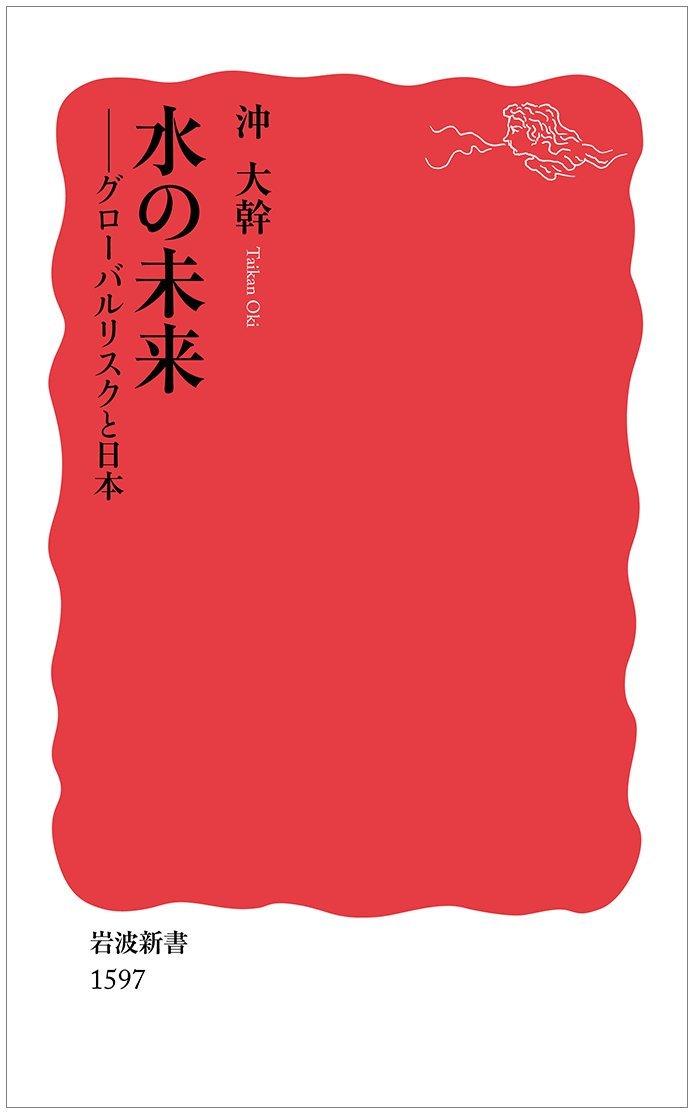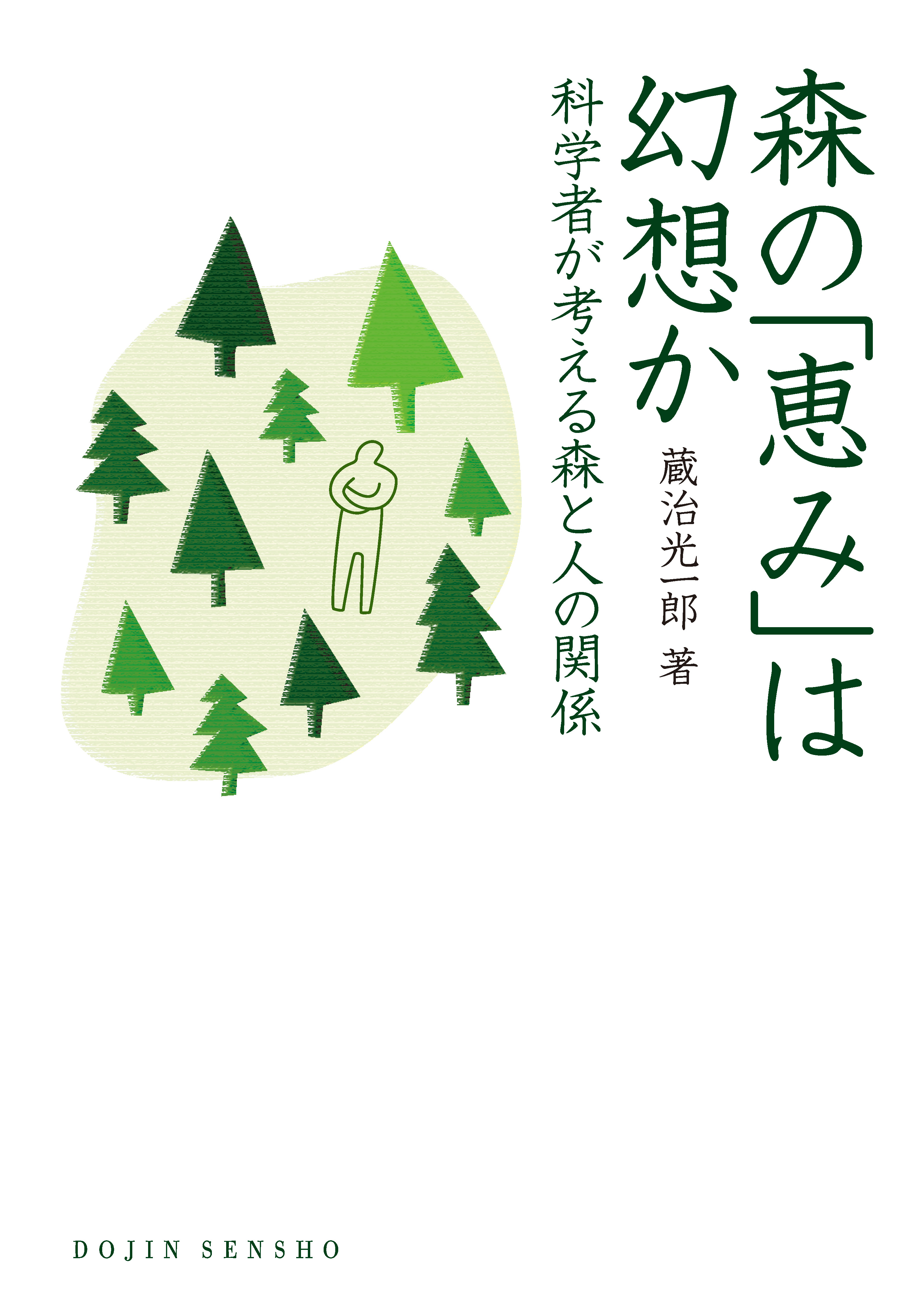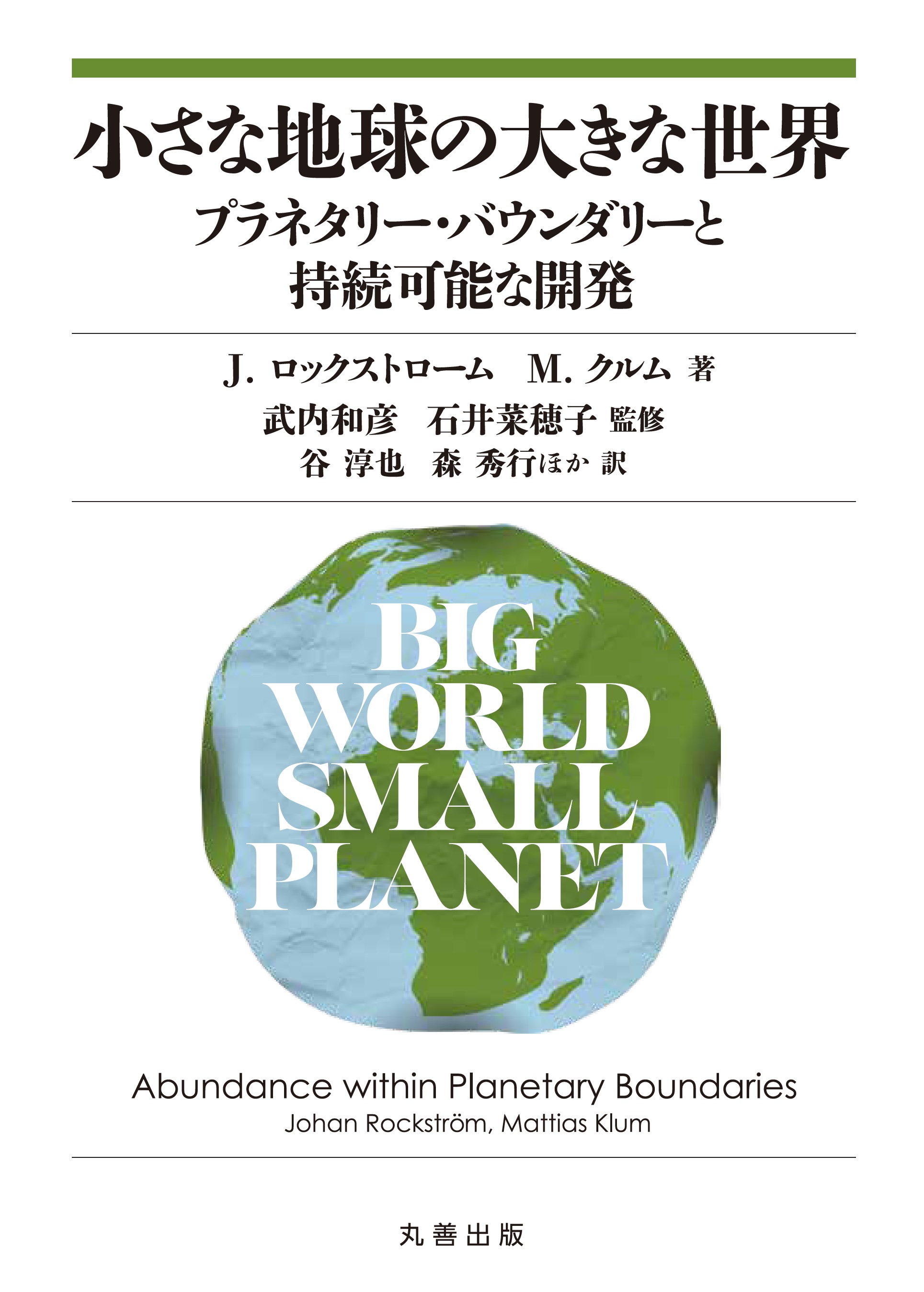
Title
Chisana Chikyu no Okina Sekai (Big World Small Planet: Planetary boundaries and sustainable development)
Size
260 pages, A5 format
Language
Japanese
Released
July, 2018
ISBN
978-4-621-30302-3
Published by
MARUZEN Publishing
Book Info
See Book Availability at Library
Japanese Page
This book is a Japanese translation of “Big World Small Planet: Abundance within Planetary Boundaries,” published in 2015, which was co-authored by Dr. J. Rockström, the leader of a group of scientists promoting the concept of “planetary boundaries,” and photographer Mr. Mattias Klum. They described the trends that began with the “Great Acceleration” of human activities in the mid-1950s, expanding in size from the 1980s onwards, to the point where the earth’s environment could no longer accommodate activities as “a big world in the small planet.” The planetary boundary consists of nine processes of the earth’s system, including climate change, destruction of the stratospheric ozone, and ocean acidification. The book determines whether each of these processes exceeds the allowable limit based on the latest scientific findings. According to this analysis, the rate of extinction of bio-species and the levels of nitrogen and phosphorus are riskier than climate change, as they have exceeded the limit and entered a zone where there is a high risk of irreversible change.
Dr. Rockström proposed the concept of planetary boundary not only to alert us to the fact that acceleration of human activities increases the risk of exceeding the limits of the earth’s system, but, with full awareness of such limits, to lead us in a new direction by questioning how human activities can converge into a resilient, stable, and biophysically “safe operating space.” This line of thinking differentiates itself from the “limits to growth” once proposed by the Club of Rome. It proposes that sustainable economy, social growth, and prosperity can be secured only within the range of planetary boundaries. This idea has greatly affected the way in which the sustainable development goals (SDGs) to be accomplished by 2030, as adopted by the United Nations, can be understood. In other words, the idea is that accomplishment of environmental goals constitutes a major premise for the accomplishment of social and economic goals.
I, along with Dr. Naoko Ishii, CEO of the Global Environment Facility (GEF), who serve as the editorial supervisors of this book, first proposed the publication of the translated version. Dr. Ishii placed the concept of planetary boundary at the core of the long-term strategy of GEF and was drawn by the inspirational pictures taken by Mr. Klum that were artfully positioned in the original book. However, the road to publication of the translated version was not a smooth one. Several publishers responded that, given the slump in the publishing industry, the publication of the translated version of a book with many color pages was not worth the cost. We then thought about publishing it in digital form as the next best solution and approached Maruzen Publishing Co., Ltd. To our surprise, they took the bold course of publishing it in printed form. As both Dr. Johan Rockström and Mr. Mattias Klum requested emphatically that they cannot consider publication without using the color photos, we were extremely grateful to Maruzen. Thanks to their efforts, the book attracted many readers and, fortunately, had the honor of being reprinted.
(Written by TAKEUCHI Kazuhiko, Project Professor, Institute for Future Initiatives / 2019)
Related Info
ISAP 2018 – International Forum for Sustainable Asia and the Pacific 2018 “Launch of Japanese Translation of Johan Rockström’s Book (PACIFICO YOKOHAMA, July 18+19, 2018)
https://isap.iges.or.jp/2018/en/index.html



 Find a book
Find a book



